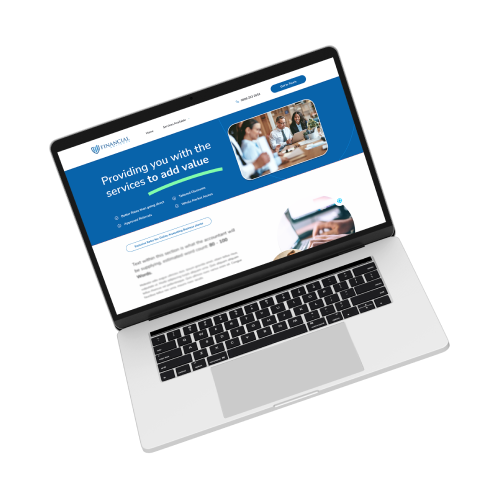
Date: 09/05/2022 | Written By: Karl Hodson
Invoice factoring and discounting are forms of invoice finance, which is a type of alternative funding that improves a company’s cash flow. An invoice finance arrangement is based on the value of a business’ sales ledger, and provides regular cash inputs throughout each month.
Although factoring and invoice discounting are typically the ‘headline’ forms of invoice finance, this type of funding can be further tailored towards the specific needs of a business.
So how does invoice finance work, and what are the main benefits for businesses?
Invoice finance provides businesses with regular cash inputs based on the release of a pre-agreed percentage of each invoice. The money is typically available to the business within 48 hours of issuing the invoice.
The remaining sum is released when customers pay in full, after the lender has deducted their own fees. If a business opts for invoice factoring, payments are made directly to the factoring company, as they take over the business’ credit control process. This arrangement is beneficial for businesses that experience difficulty in collecting debts, and those with lower credit scores.
Invoice discounting may be suited to businesses that require confidentiality. The arrangement is similar to factoring, but in this case the business collects its own payments and retains control of its sales ledger.
Spot factoring and discounting
Spot factoring enables business owners to factor a single invoice, and in most cases they won’t have to hand over control of their sales ledger. Spot factoring and discounting can be particularly useful for seasonal businesses that might require additional funding on an ad-hoc basis.
Invoice finance with and without recourse
Recourse and non-recourse invoice finance are further options that dictate whether or not a business becomes liable for non-payment of any customer invoices within the finance arrangement.
Invoice finance with recourse is a riskier option, but if a business’ customers have a good record of payment, the lender’s fees for this type of arrangement can be lower than non-recourse factoring and discounting.
Invoice finance without recourse means the lender takes on liability for unpaid invoices. This arrangement is consistent with higher fees and potentially a lower percentage of cash available for release, but may be more suited to businesses with less reliable customer payments.
Understanding how invoice finance benefits businesses
To find out more about invoice factoring and discounting, visit MAF Finance Group on Practice Portfolio.
Keep up to date with the latest news, updates, expert opinions and events specifically for Advisers.
Interested to understand how Practice Portfolio could benefit you and your clients?
